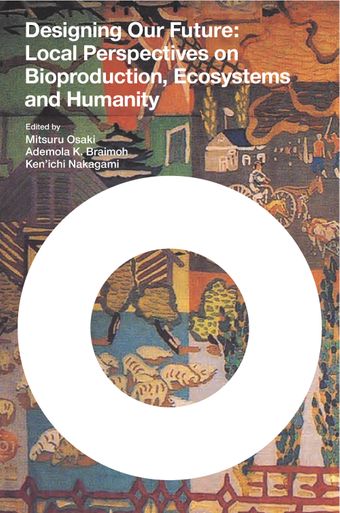- Home
- Books
- Designing our Future
- Chapter
Samsø: The Danish renewable energy Island

- Authors: Ryoh Nakakubo and Søren Hermansen
- Main Title: Designing our Future , pp 194-206
- Publication Date: October 2013
- DOI: https://doi.org/10.18356/aae207ea-en
- Language: English
Denmark is a small Scandinavian country with a land area of 43,000 km2 and a population of about 5.5 million, and it is known for its high proportion of renewable energy for energy consumption. In the past 20 years, the proportion of total energy generated from renewable sources has increased from approximately 5 per cent to 17 per cent. In 2007, renewable energy production was calculated to be 130.2 petajoules (PJ), with wind power and biomass production accounting for 25.8 PJ and 90.5 PJ, respectively (see Figure 4.5.1). In biomass production, straw accounted for 18.3 PJ, wood 41.2 PJ, renewable waste 30.1 PJ and fish oil 0.8 PJ. In 2007, wind power accounted for 19.7 per cent of domestic electricity supply, a significant increase from only 1.9 per cent in 1990 (Danish Energy Agency, 2008). Therefore, the Danish government established a target of increasing the share of renewable energy to at least 30 per cent of total energy consumption by 2025 (Danish Energy Authority, 2007).
© United Nations
ISBN (PDF):
9789210563291
Book DOI:
https://doi.org/10.18356/66aa5f41-en
Related Subject(s):
Economic and Social Development
Sustainable Development Goals:
Countries:
Iceland
-
From This Site
/content/books/9789210563291s005-c005dcterms_title,dcterms_subject,pub_keyword-contentType:Journal -contentType:Contributor -contentType:Concept -contentType:Institution105
/content/books/9789210563291s005-c005
dcterms_title,dcterms_subject,pub_keyword
-contentType:Journal -contentType:Contributor -contentType:Concept -contentType:Institution
10
5

